Carbon, carbon, carbon – According to manufacturers’ slogans and numerous Strava aces, the black magic fibre is one crucial ingredient in the recipe for victory. Especially in the lower-price range, aluminium road bikes are totally underestimated. That was reason enough for us to call for a test and compare the most popular aluminium racing bikes. Are the Aluminati real?

Aluminatus, the
Word class: noun, masculine
Use: only used amongst experts
Frequency: seldom to rare
Word division: Alu|mi|na|tus
Pronunciation: Aluminatus
Meaning: An Aluminatus is an enlightened road cyclist. He carries the message
of the Aluminati all over the Globe and doesn’t buy into the carbon
hype. He knows that aluminium is not equal to aluminium and carbon is not equal to carbon.
Origins: from the latin lumen (gen: luminis): the one coming from the light, the Enlightened, in this context “the light one”
“Aluminium road bikes are just for beginners.” We all came across this ugly generalisation at some point in our cycling life. Thanks to an attractive price/performance ratio, aluminium road bikes are an exciting opportunity for newbies to enter the world of performance race bikes. However, they are much more than just that; ambitious racers appreciate the sturdiness of aluminium rigs. An aluminium road bike is a reliable, bullet-fast workhorse. Both beginners and advanced riders will agree on one thing: price always plays a crucial role! Are cheap carbon bikes possibly your worst option ever?
Components are crucial for the overall performance of a bike. Can a bike with a Shimano 105 group stand up to one with swanky Ultegra Di2? Would it be wiser to spec aluminium frames with high-end components rather than sticking cheap components on carbon frames?
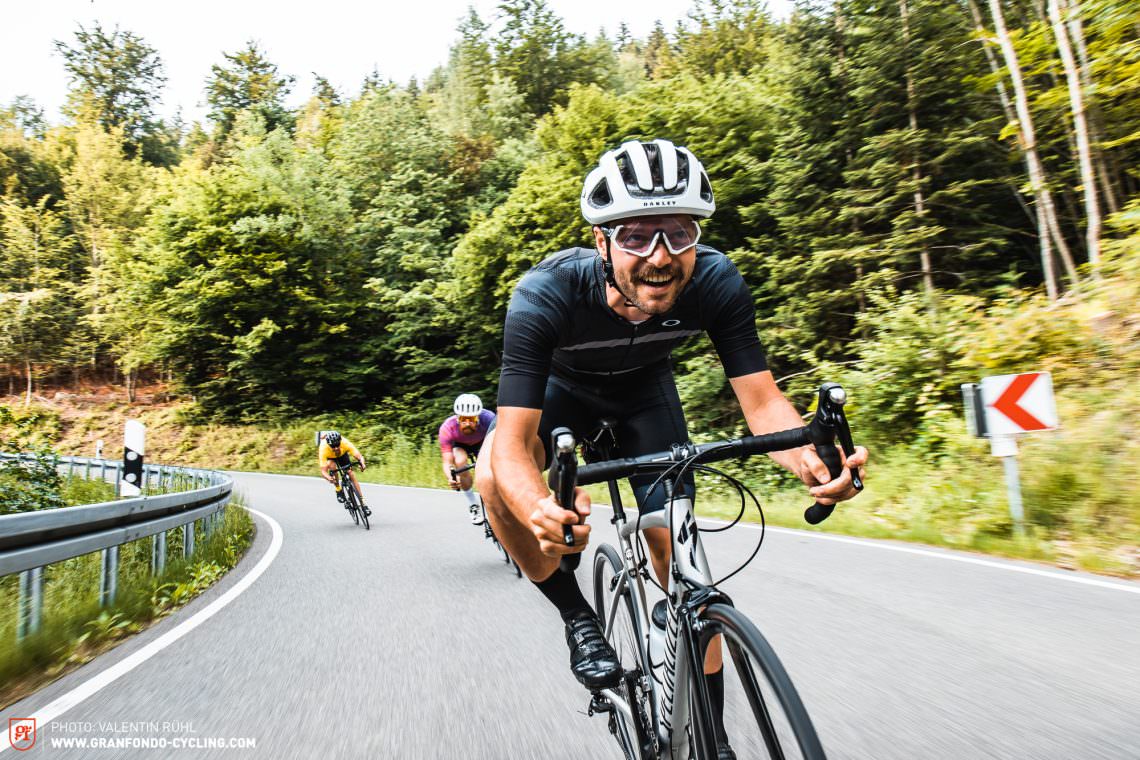
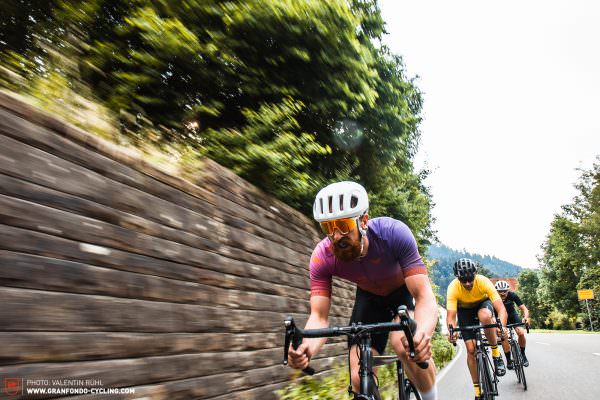
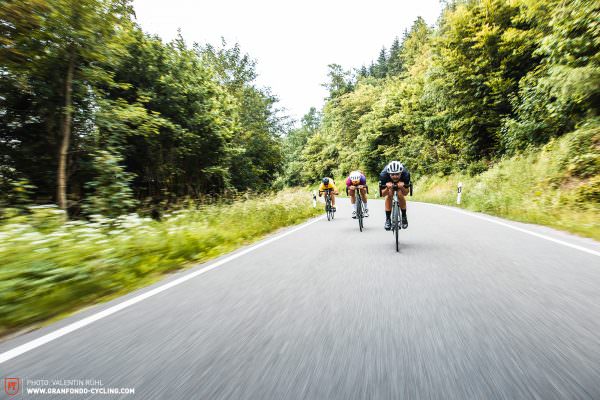
Current bike innovations prove it: most bikes presented in the run-up to the Tour de France were aerodynamically optimized — some of them were even considerably heavier than allowed by the UCI weight limit. The same rule applies for carbon and aluminium: when it comes to speed, weight plays a secondary role. Does the extra weight of our aluminium test bikes affect their performance?
What is important with aluminium road bikes?
The wind whistles, the chain rattles, and your heart pumps blood through your body — it’s the sweet symphony of speed. The world around you blurs away as you’re bombing it down the hill — you’re planning your escape to happiness. If you want to enjoy this feeling to the max, you’ll have to be able to forget about your bike for a moment. You’ll have to live in the here and now. That’s what really matters.
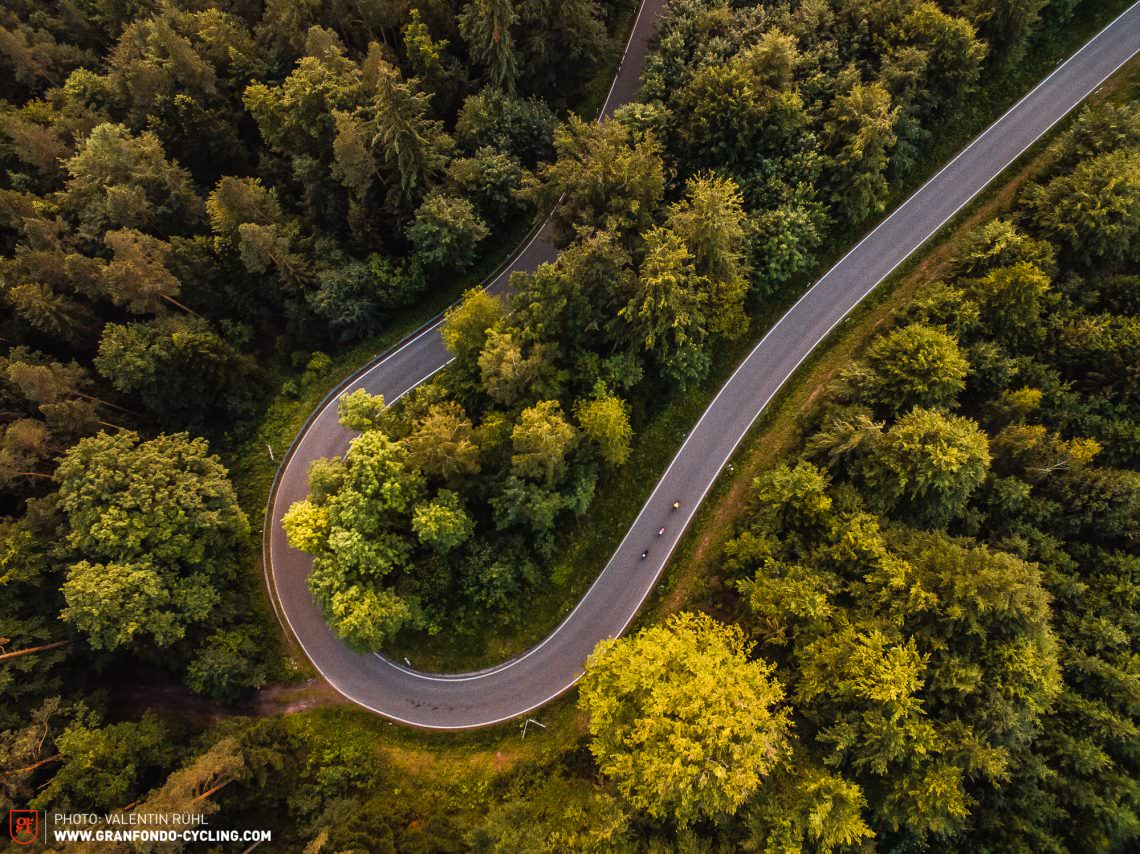
Handling: Even former pro David Millar said it in our 2018 race-bike comparison test: “A bike that doesn’t handle well just sucks.” Whilst on paper the geometries of different bikes might only vary marginally, the reality on the road is a totally different story. Does my bike stick to the road like a badass dragster? Can it playfully master the tightest of corners? When it comes to handling, we have to take into account many factors — personal preferences being the most important of them. After all, each of us has his or her very own riding style.
Safety: You just gave it your all to sprint to the top of the mountain stage, and now you want to attack the descent and clock the fastest lap. Ideally, the descent should allow you to save energy and recuperate strength. If a bike inspires confidence, it will also make you ride faster. You’ll feel confident enough to get into your best carving position and blast down the hill safely. If you feel safe on your bike, you’ll find the confidence to push your limits without panicking or anxiously hanging off the handlebars.
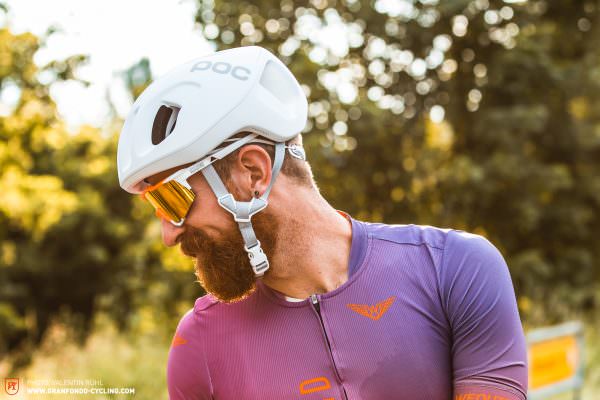
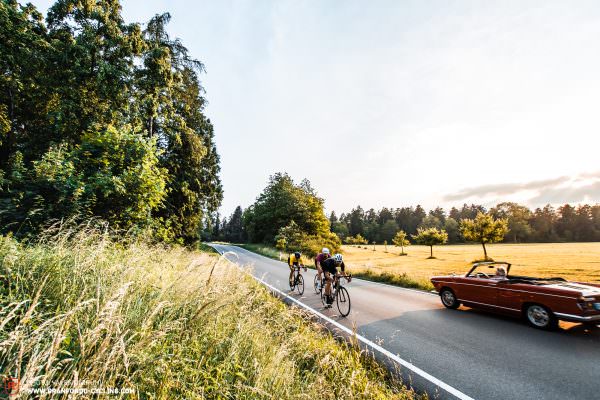
Comfort and Speed … No, our test crew is not asking for amphetamine — they’re just asking for cleverly generated speed. On one hand, it’s about how quickly your bike can get up to speed and how well it can maintain it. There are nimble bikes that accelerate incredibly well but can’t maintain that speed. On the other hand, you can’t forget about comfort and your riding position on your bike. If you feel comfortable in the saddle, you can keep a more aerodynamically-efficient position and do it for longer — this also allows you to generate more power and speed as a consequence. #needforspeed
Design and quality: If there’s “performance” written all over it there should be performance in it — but with a discreet design, please! In more aggressive price ranges, compromises are sometimes inevitable. How much useful integration does this bike feature? Has the frame been lovelessly stuck together or is the tubing connected smoothly? Is the internal cable routing causing a hell of a racket? And what about build quality? A cool bike should not only be aesthetically pleasant, but also motivate you to ride more.
Price/performance ratio: We often buy aluminium bikes for practical and rational reasons. That’s why the price/performance ratio plays a crucial role in our test. How much performance can a bike offer, and for what price? How much road bike are you really getting for your money? This test will answer all of your questions.
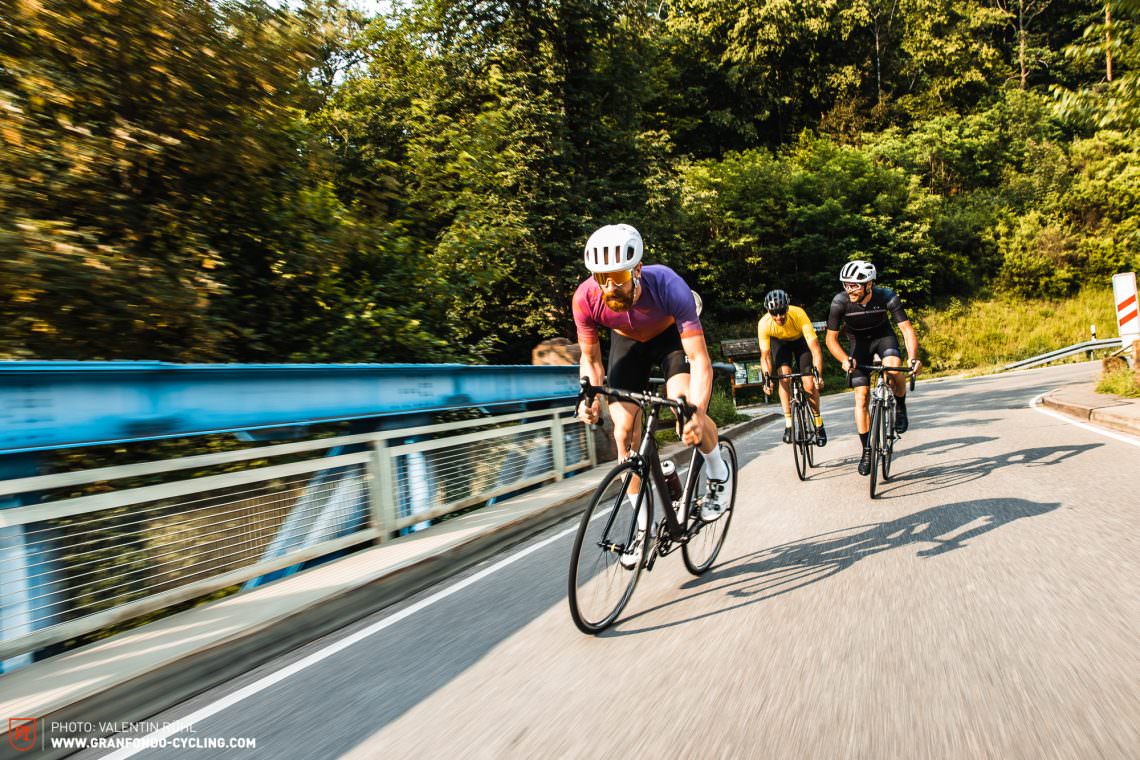


The test field
We didn’t try to map the complete spectrum of 2018 aluminium bikes in this test. We just wanted to compare the most popular and exciting aluminium road bikes of the year. That’s why our test field only includes the Specialized Allez Sprint Comp, the Cannondale CAAD12 105, the Trek Émonda ALR 6, and the ROSE XEON RS Ultegra Di2. We wanted to include the Canyon Ultimate AL, but unfortunately the German mail-order brand didn’t have a matching test bike available at the time. Is the sale success of Canyon’s alu-racer an indicator of the growing popularity of aluminium bikes?
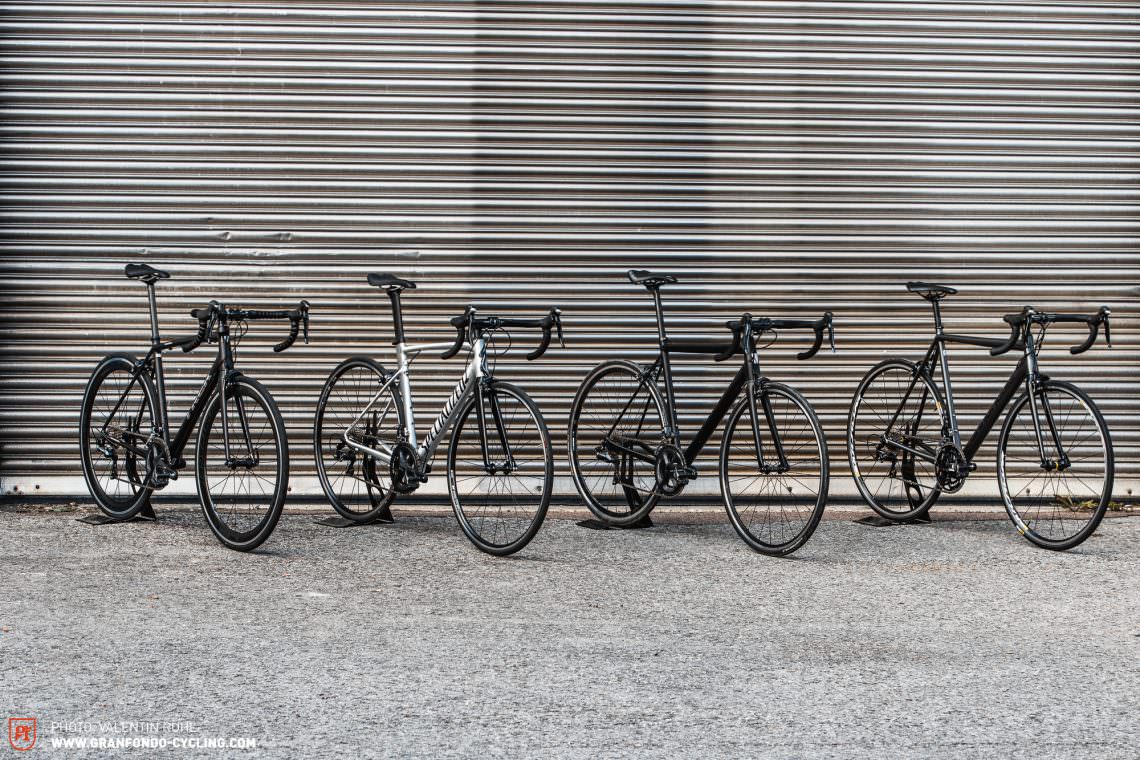
| Bike | Drivetrain | Tires | Weight | Price |
|---|---|---|---|---|
| Specialized Allez Sprint Comp | Shimano 105 | 700 x 24 mm | 8.25 kg | € 1,799 |
| Cannondale CAAD12 105 | Shimano 105 | 700 x 25 mm | 8.22 kg | € 1,599 |
| Trek Émonda ALR 6 | Shimano Ultegra | 700 x 25 mm | 8.13 kg | € 2,299 |
| ROSE XEON RS Ultegra Di2 | Shimano Ultegra Di2 | 700 x 25 mm | 7.11 kg | € 2,499 |
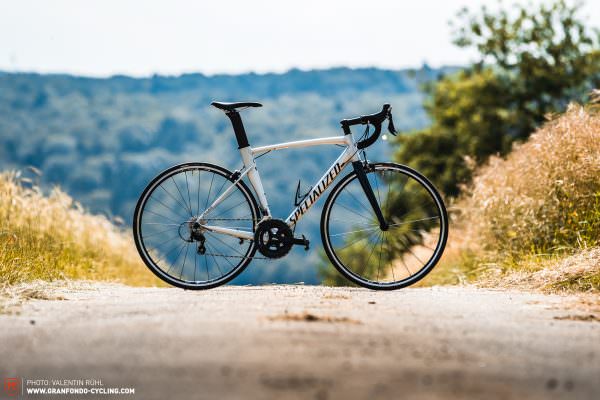

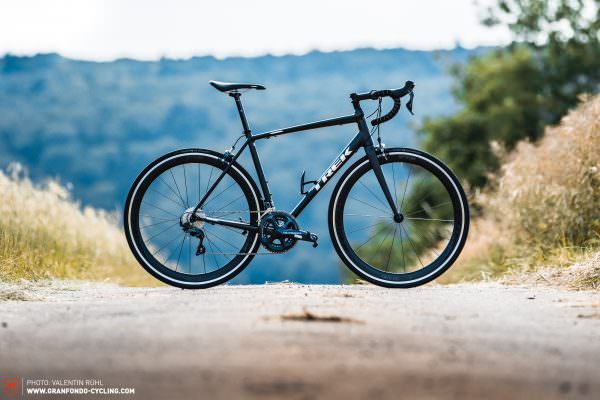
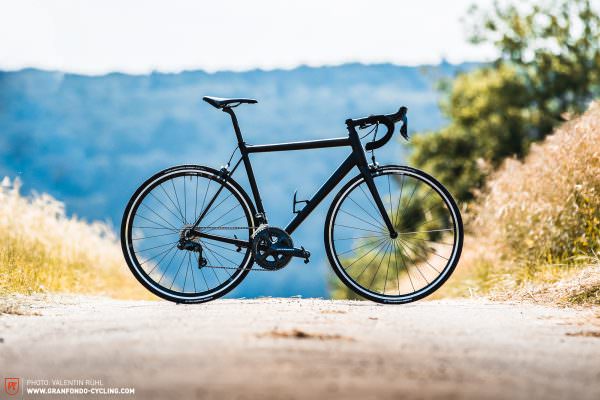
Tops & Flops
Often small details can make a huge difference: seamless integration, first-class ergonomics and carefully selected parts. Easier said than done – here are some of the tops and flops from this grouptest.
Tops
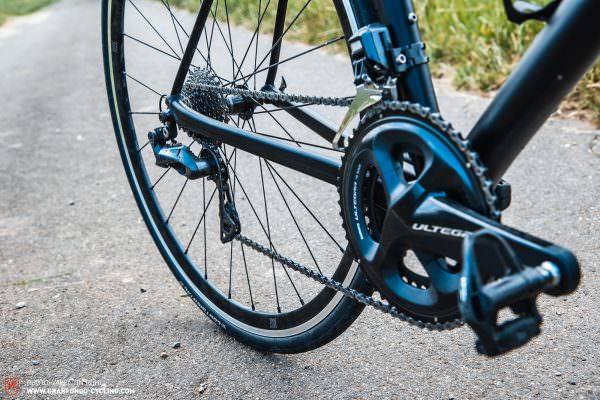
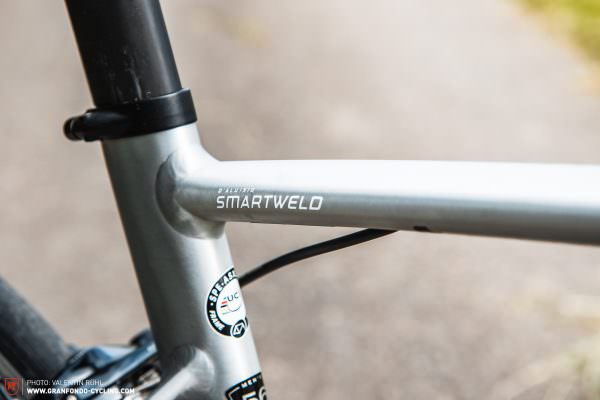
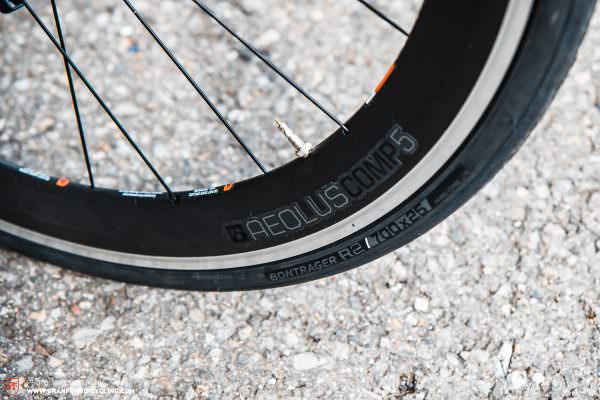
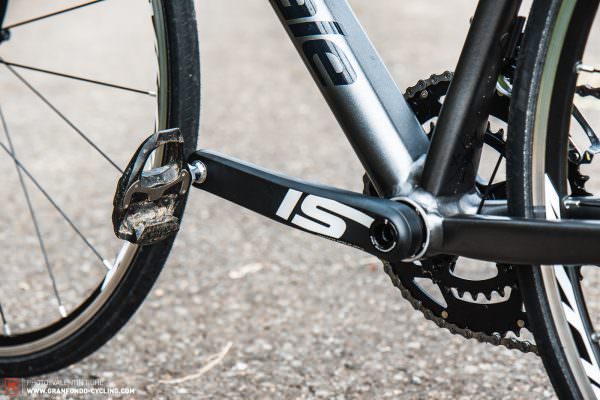
Flops
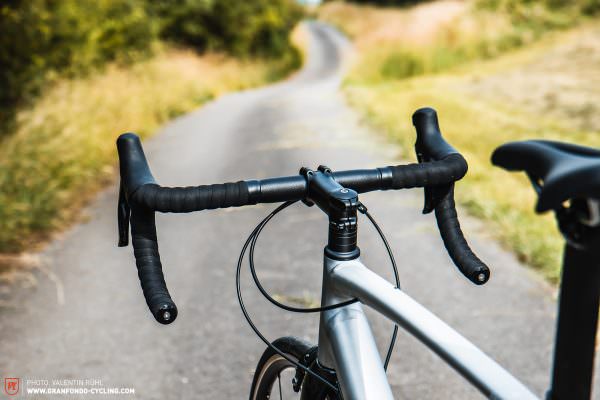
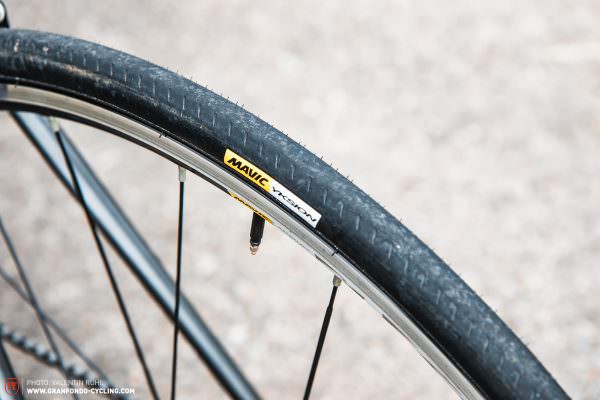
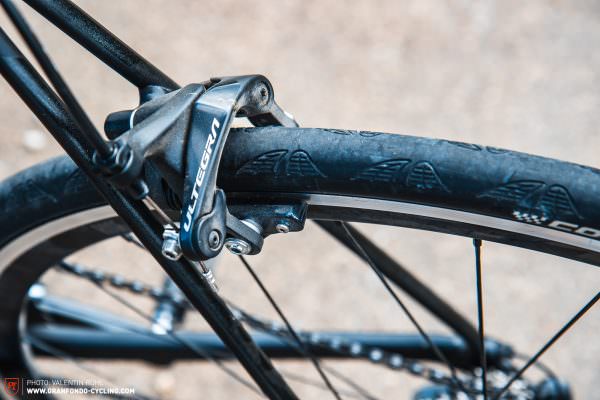
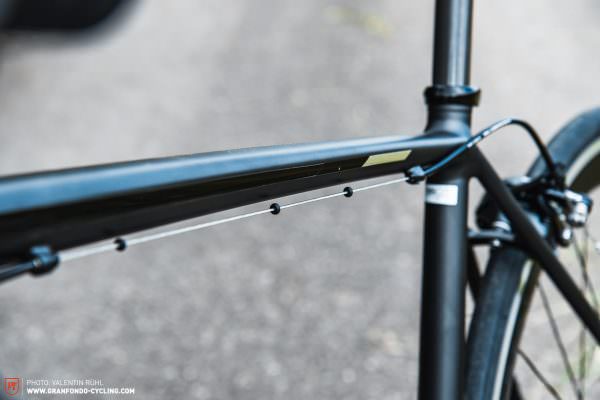
Insights
Not everything was better in the good old days – aluminium bikes in 2018 are NOT what they were ten years ago. Alu-racers are genuine low-priced alternatives, and not just for riders with a small budget. Beautifully crafted bikes with clever details and superb performance at a fair price – we’re sure that some carbon bikes would succumb to their aluminium counterparts in a similar price range if they were tested in real conditions.
Yes to performance, but not at any cost – a top-notch racer doesn’t have to be expensive! Our GRAN FONDO comparison test proves that true performance doesn’t always have to drain your bank account — you can definitely snatch a KOM on your favourite aluminium rig. Yes, we noticed huge differences within our test field, but we also realised soon that the top alu-bikes in our test can confidently stand up to some significantly more expensive carbon racers. Our conclusions: if money is an issue, then an aluminium racer with high-end components is a much better option than a carbon rig with cheap components!
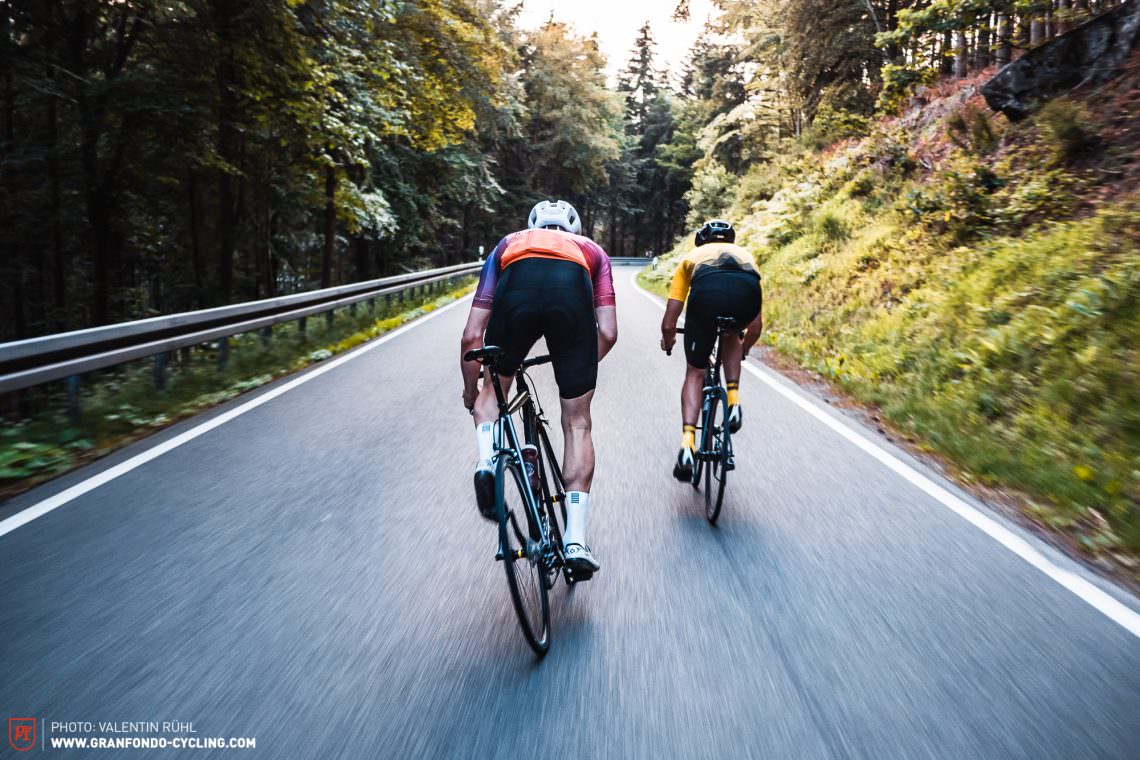
There’s aluminium and then there’s aluminium – and just like carbon, it leaves a lot of room for creativity. The earth isn’t flat and the tubing isn’t round: some of our test bikes feature complex tube shapes obtained via innovative manufacturing processes. A classic design awards the ROSE a discreet look and the filigree rear-end gives the frame a relatively high degree of compliance. On the other hand, we can almost hear the Specialized, with its Smartwelds, scream for stiffness. Our test shows us that even aluminium gives you the freedom to choose from very different concepts.
Top braking performance… but safety first – and even without disc brakes! In our test there isn’t a single bike with disc brakes. And why? Hydraulic disc brakes would significantly increase both the price and weight. On top of that, cheaper disc brakes are not as good as high-end models and they’re also much heavier.
Our test rides highlighted massive differences in braking performance. Shimano’s 105 and Ultegra brakes on the Cannondale and Trek performed very well, while the brakes on the ROSE didn’t seem to harmonise with the brake-track of the RS-1400 wheels. The Tektro brakes on the Specialized didn’t convince us either.
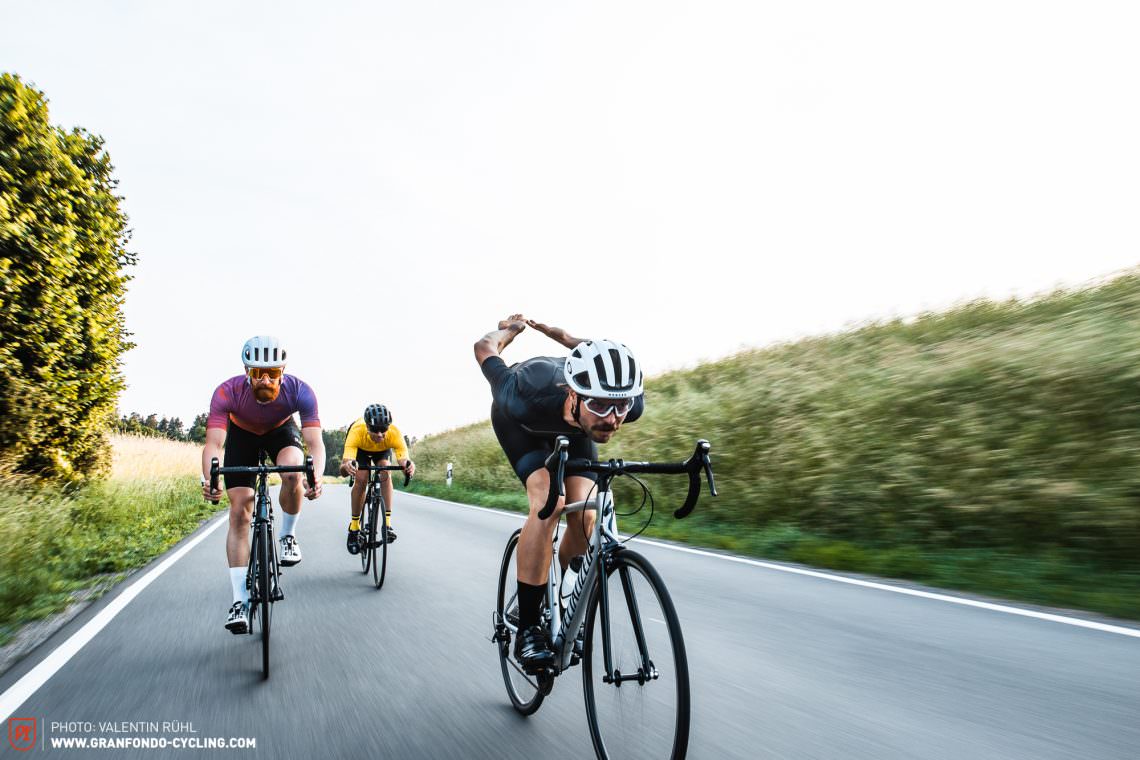
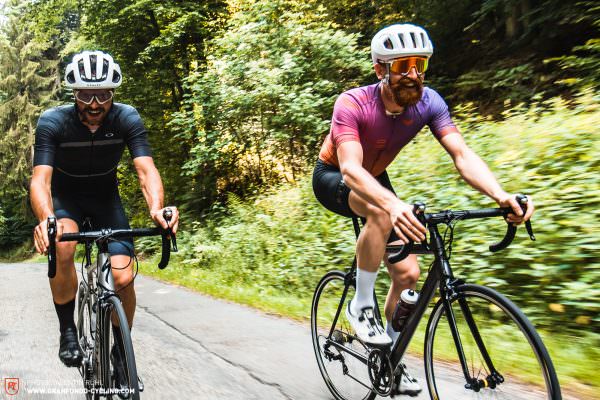

race-bike doesn’t always have to feel uncomfortable. ROSE and Trek are making a clear statement with their bikes: if you love the comfort of a carbon racer, you’ll only have one problem with our bikes — they are NOT made of carbon. Both manufacturers combine filigree seat stays with carbon seatposts and deliver an overall concept that can take on any challenge from amateur races to sporty tours on rough roads.
Comparison tests are unfair – especially when the most expensive bike in the test costs € 900 more than the cheapest one. In a budget range of € 2,500 maximum, a difference of € 900 is huge. Luckily, we judged the bikes for their overall performance. The electronic groupset of the ROSE couldn’t make up for the fact that the Cannondale is just a better bike — and the shifting performance of Shimano’s 105 group isn’t actually much worse than Ultegra. On the other hand, this same comparison reveals that electronic shifting technology has made it into the price/performance segment. The Ultegra Di2 is a small Dura-Ace Di2 for thin wallets. That’s not fair, is it?
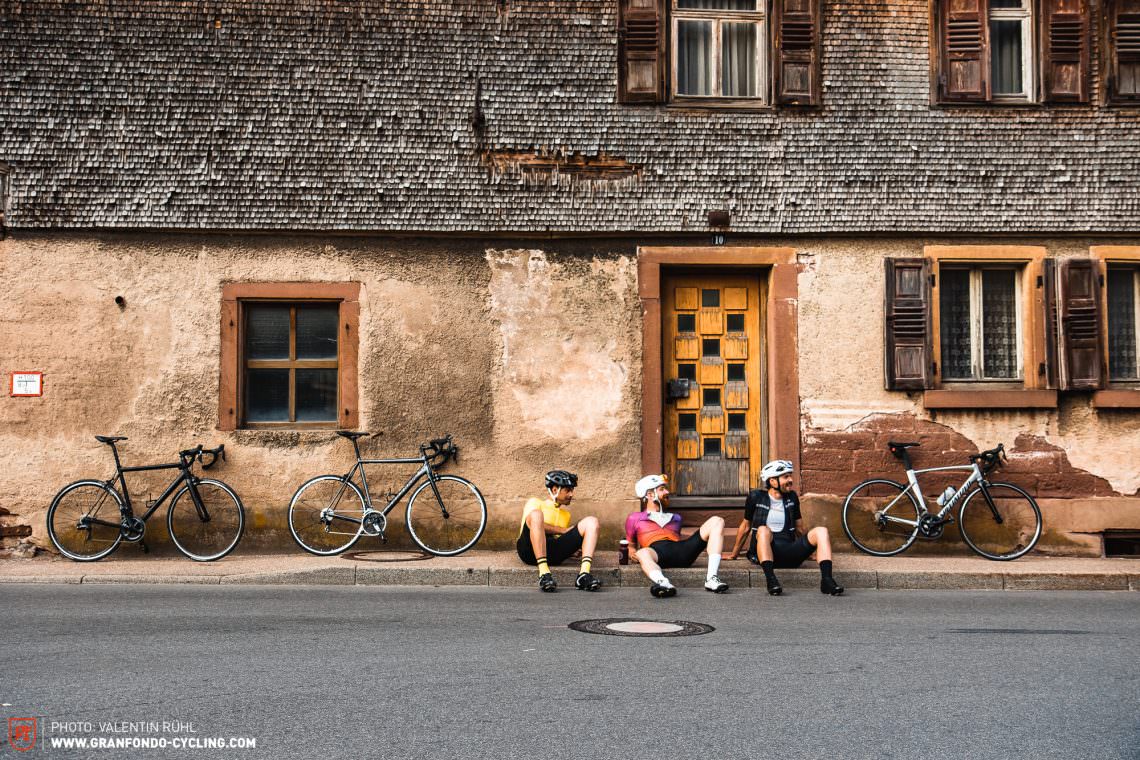
Conclusions
This comparison test proves that the Aluminati exists! As far as performance goes, modern alu-racers can actually stand up to high-class carbon rigs. Considering their price, aluminium road bikes with a better spec are often a wiser option than carbon bikes with cheap components. We were also excited to see how much high tech goes into aluminium bikes these days and how different the concepts of the big players are. With its uncompromisingly stiff frame, the Specialized Allez Sprint Comp impressed us with its superb stability in high-speed sections.

If you’re looking for an aluminium all-rounder, the Trek Émonda ALR 6 is a lot of bike for your money and brings a very comfortable riding position with it. If you’re planning to fly uphill relying on electronic shifting technology, ROSE lets you choose your own spec for the nimble XEON RS Ultegra Di2 — and without charging you a fortune. At the end of our test we were particularly impressed with the Cannondale CAAD12 105 and its price of just € 1,599! Outstanding handling, excellent looks, and a harmonious spec – jump on and ride off. You’re ready to race! The cheapest bike in our test field deserves our coveted Best in Test — the 2018 Aluminati boss!
All bikes in test: Specialized Allez Sprint Comp | Cannondale CAAD12 105 | Trek Émonda ALR 6 | ROSE XEON RS Ultegra Di2
This article is from GRAN FONDO issue #009
GRAN FONDO Cycling Magazine is published in a digital app format in both English and German. Download the app for iOS or Android to read all articles on your tablet or smartphone. 100% free!

Did you enjoy this article? If so, we would be stoked if you decide to support us with a monthly contribution. By becoming a supporter of GRAN FONDO, you will help secure a sustainable future for high-quality cycling journalism. Click here to learn more.
Words: Photos: Valentin Rühl









